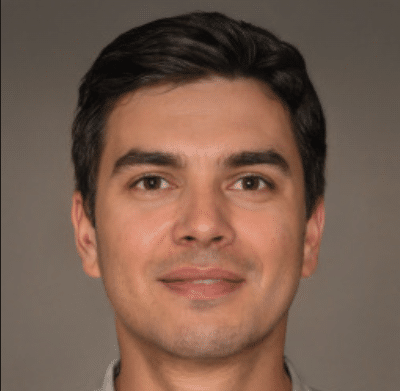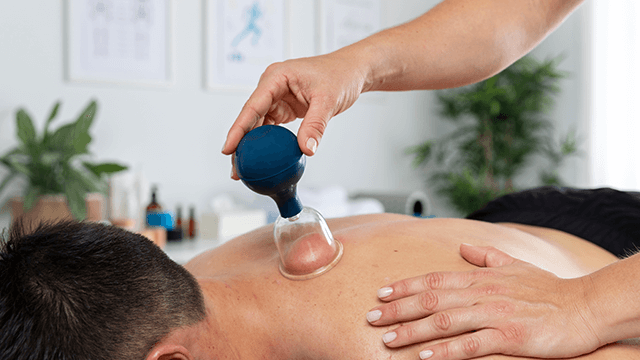Outside of Seoul’s overwhelming pace, regional cities like Gwangju and Daejeon offer a different rhythm—slightly slower, but no less demanding. These urban centers are hubs of commerce, education, and public service, drawing thousands into intense routines of work, study, and commuting. And just like their capital counterparts, residents here are facing rising levels of stress, muscular fatigue, and emotional burnout. This is where massage plays a critical role—not as luxury, but as necessity.
Massage therapy in regional metropolises is being redefined. No longer relegated to weekend indulgence, it has become a consistent tool for rebalancing the nervous system, relieving tension, and improving physical function. With services tailored to the local community’s pace and preferences, Gwangju and Daejeon have seen a surge in demand for smart, accessible recovery methods.
Daily Strain in Mid-Sized Cities
Living in a city that blends urban density with suburban sprawl means extended commutes, long periods of sitting, and reduced opportunities for spontaneous movement. Over time, this leads to common symptoms like lower back pain, neck stiffness, and tension headaches. Massage helps address these issues by improving blood flow, loosening tight fascia, and promoting lymphatic drainage—crucial for detoxification and immune health.
Regular sessions can be especially transformative for office workers, university students, and small business owners—the backbone of these cities—who often delay recovery until symptoms worsen. Establishing massage as part of weekly or biweekly routines helps prevent chronic conditions and supports both productivity and emotional clarity.
The Gwangju Approach to Urban Recovery
In Gwangju, there’s a strong cultural emphasis on balance, rooted in the city’s artistic and educational history. This perspective has translated into massage services that combine technical skill with emotional intelligence. Studios found via platforms like 광주오피 tend to offer calming atmospheres, flexible scheduling, and personalized consultations that make even first-time clients feel at ease.
Here, massage is about more than fixing a sore muscle—it’s a way to maintain a sense of control, restore mental calm, and respect the body’s natural signals. It’s also increasingly popular among elderly residents seeking gentle therapeutic touch to manage mobility and joint stiffness.
Daejeon’s Science-Driven Wellness Scene
Daejeon, known for its research institutions and innovation hubs, has embraced a data-informed approach to health. Massage therapists in the area often integrate assessments, posture analysis, and client tracking to improve outcomes. Through directories such as 대전오피, clients can find professionals offering techniques ranging from sports massage to myofascial release, often with real-time availability.
As more residents prioritize efficiency, late-night appointments and mobile services are in high demand. Therapists here understand the intensity of a research-heavy work culture, and their massage strategies often reflect that precision and intentionality.
Conclusion: A Grounded Reset for Regional Lives
Gwangju and Daejeon might offer different cultural experiences, but they share a common need: physical and emotional recovery. Massage has emerged as a simple yet powerful way to meet that need, offering immediate relief and long-term resilience. Whether it’s after a long meeting, a university lecture, or a weekend of caregiving, these services provide a way back to center.
Thanks to platforms like 광주오피 and 대전오피, high-quality massage therapy is no longer limited to big cities. It’s accessible, respected, and increasingly woven into the lifestyle fabric of Korea’s regional metropolises—one session, one breath, and one muscle at a time.

Markmalte is an experienced writer for The Celebrity Niche, specializing in celebrity stories. With a keen eye for detail, he brings the latest updates on celebrity relationships, biographies, and news to his readers.







